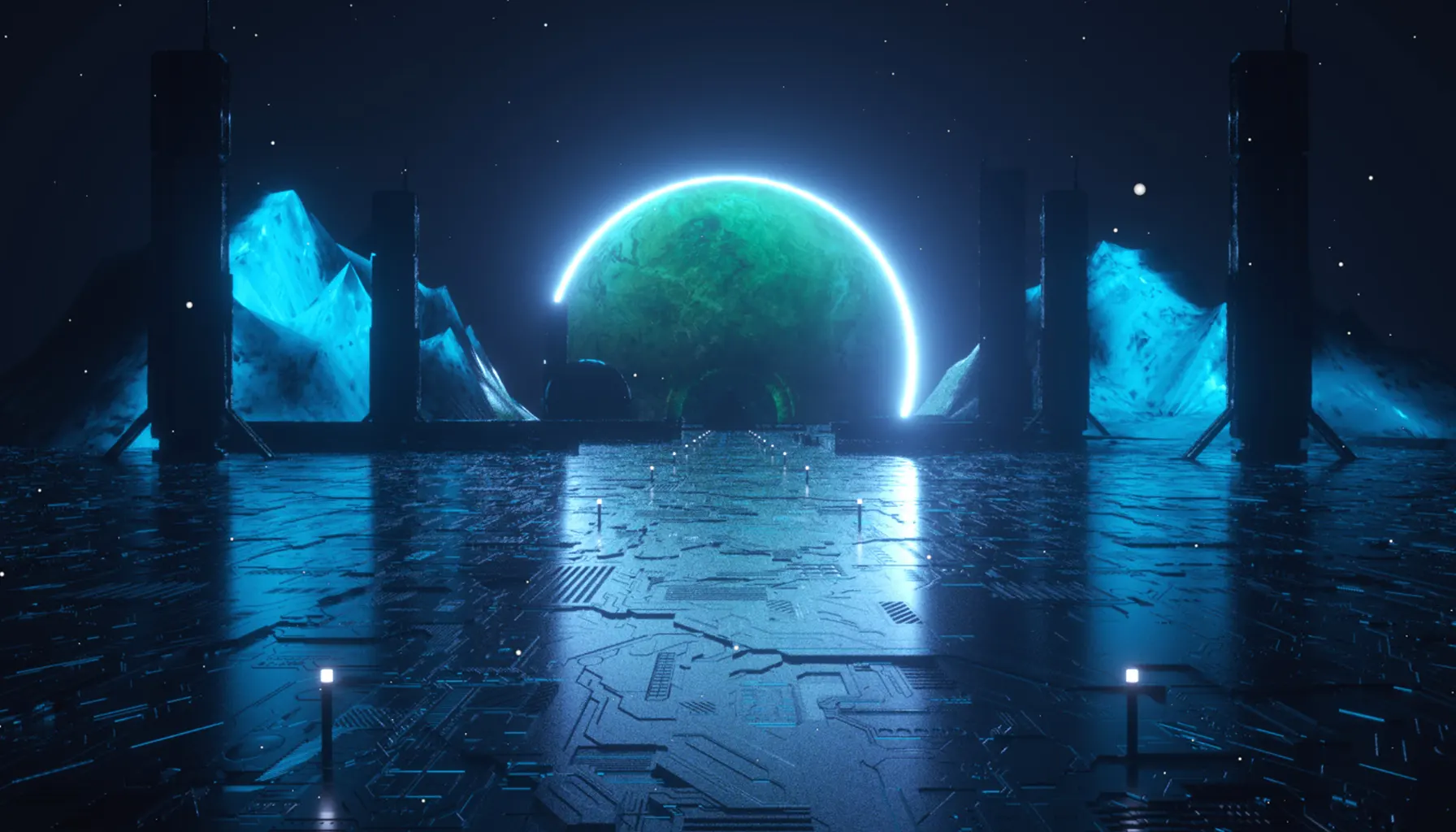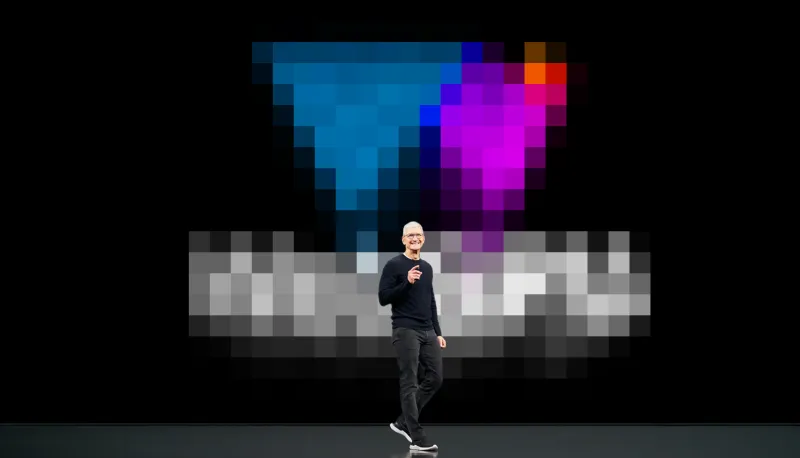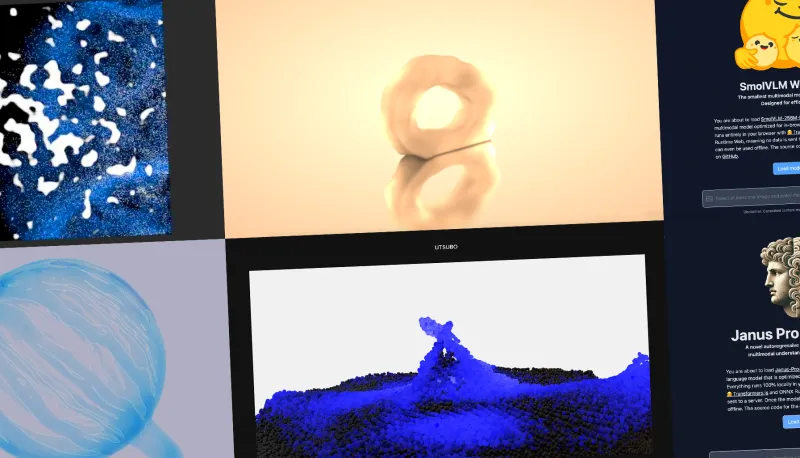Should you use WebGPU for your next creative website project in 2024?
If AI was the buzzword of 2023, WebGPU is going to be the thing to watch in 2024. Here's how it will impact the way we build 3D interactive websites.
Last updated: January 7, 2024What is a creative website and why it's important for your business?
In the digital age, a creative website is a cornerstone for effective business branding.
These websites stand out through their use of advanced 3D elements, rich animations, and immersive storytelling techniques.
Here’s why they are crucial:
Enhancing User Engagement
Creative websites captivate users with interactive elements like 3D visuals and animations. This interactivity transforms the user experience from passive viewing to active engagement, significantly increasing user retention time.
Improving Your Brand Storytelling
With advanced technologies, these websites can tell a brand's story in a more compelling and visually engaging way. Whether through interactive narratives, animated 3D product showcases, or immersive environments, they offer a novel way to convey brand values and messages.
Web Games in Marketing
Integrating web-based games as part of a marketing strategy is a trend gaining traction. These games not only uniquely engage customers but also significantly increase brand recall.
Shareability and Virality
A creative website, with its unique and engaging content, is more likely to be shared across social networks. This increased shareability can lead to viral marketing, exponentially increasing the brand's visibility.
Overcoming Technical Limitations
Previously, creating such interactive and rich websites was challenging due to the limitations of WebGL the technology that powered the 3D graphics on the web for the past decade.
Issues like poor performance and limited graphical capabilities often hindered the creative potential. However, the emergence of WebGPU is set to change this landscape dramatically.
WebGPU, with its more efficient processing and enhanced graphical capabilities, allows for more complex and high-quality 3D content. This marks a significant shift in what’s possible in web-based branding and marketing.

Why WebGPU is the future of creative websites?
2024 marks a pivotal year in the evolution of web design, primarily due to the widespread adoption of WebGPU.
This new technology is a game-changer for developers and designers alike, offering unprecedented capabilities in rendering high-quality graphics directly in web browsers.
Unlike its predecessor, WebGL, WebGPU is designed to harness the full potential of modern graphics processing units (GPUs), enabling more complex and visually stunning 3D graphics.
This leap forward is crucial for marketing agencies aiming to create state-of-the-art websites.
WebGPU's ability to efficiently handle detailed textures, advanced lighting effects, and intricate animations opens up a world of possibilities for creative web design, allowing for experiences that were previously only possible in native applications.
For brands, this translates into more effective storytelling, more impactful product showcases, and an overall more memorable online presence.
As we move into 2024, the adoption of WebGPU is not just a trend but a necessary step for any brand looking to create a truly innovative and future-proof website.
Is WebGPU too early for your next project?
As of now, the landscape of browser support for WebGPU is promising and rapidly evolving.
Major browsers like Chrome, Edge, and Opera have already embraced WebGPU on desktop platforms, signaling a significant step towards widespread adoption.
The expansion of WebGPU support to Android and the Brave browser is on the horizon, which will open the doors to over 68.24% of internet users globally.
This broadening accessibility is a clear indicator of the technology's readiness and potential impact on the web development ecosystem.
Moreover, with Firefox's announcement to enable WebGPU for its users, the reach of this technology is set to increase even further.
Although Safari's full support for WebGPU is still in a testing phase, available via the "Develop menu" in Safari Technology Preview 185, there is optimism about its full integration by the end of the year.
Should this occur, WebGPU's compatibility will extend to over 98.45% of internet users, making it an indispensable tool for any brand or company planning a new interactive website in 2024.
However, it's important to note that while planning for a WebGPU-powered website, consideration for browsers that do not yet support it is vital for ensuring wide accessibility and inclusivity during this transition period.

Balancing Innovation with Accessibility: Ensuring your Next Website Broad Compatibility
In the exciting transition to WebGPU, brands and marketing agencies need to balance cutting-edge technology with broad accessibility.
While WebGPU opens up a realm of possibilities for more sophisticated web experiences, it's equally important to ensure that these innovations are accessible to all users, regardless of their browser's capabilities.
This is where the strategic implementation of WebGL as a fallback comes into play. By designing websites that can seamlessly transition between WebGPU and WebGL, companies can push the boundaries of 3D graphics and animation while maintaining a smooth and engaging experience for users on older browsers.
This approach ensures that no potential customer is left behind, keeping the website inclusive and user-friendly.
At Utsubo, our extensive expertise in WebGL2 and a history of exploring its limits for creating smooth 3D web experiences stand at the forefront of this technological evolution.
Our approach involves using robust frameworks like three.js, which facilitate the development of websites that are not only advanced in their use of WebGPU but also fully compatible with WebGL.
This dual compatibility ensures that while a website showcases the latest in web technology for users on modern browsers, it also provides an equally compelling experience for users on platforms yet to support WebGPU.
In doing so, we help brands not just ride the wave of technological advancement but do so in an inclusive way, ensuring their online presence is both revolutionary and reliable.
Ready to make your next creative website a reality? Contact us today, and let's bring your innovative vision to life!






